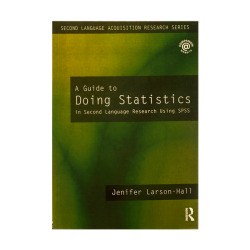Discourse Analysis for Language Teachers-Written Language
Chapter 6
Written Language Pages 147-171 the final chapter in this book.
Book Name: Discourse Analysis for Language Teachers
Written by: Michael McCarthy
Summarized by Saeed Mojarradi
Introduction:
In the past chapters we studied about:
Chapter 1 touched on the notions of coherence, clause relations and textual patterns in written language.
Chapter 2 explored cohesion, theme and rheme and tense and aspect taking many examples from written texts.
Chapter 3 examined lexical cohesion
Chapter 5although it was concerned with spoken language, made points that are relevant to written discourse.
– We know that the active listener and the active reader are engaged in very similar process.
– The more we can learn from discourse analysts as to how different texts are organized and how the process of creating written text is realized at various levels, from the process of creating written text is realized at various levels, from small units to large, the more likely we are to be able to create authentic materials and activities for the classroom.
Text types
Unlike our knowledge of speech, our knowledge of written text has been greatly assisted by the existence of huge computerized corpora of written material such as the twenty-million words Birmingham Collection of English Text.
(The basis of the Collins COBUILD dictionary project), and corpus building over the years has led to an interest in detailed taxonomies of textual types.



Dr.Alireza Khalaj Endoscopic Surgery Fellowship (Laparoscopy)
Read more